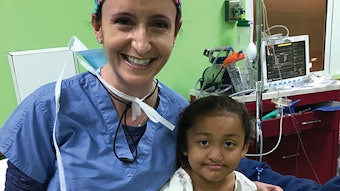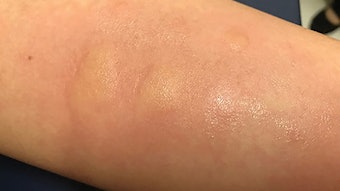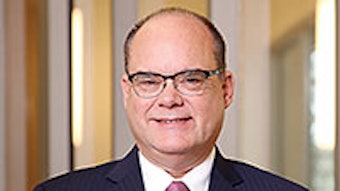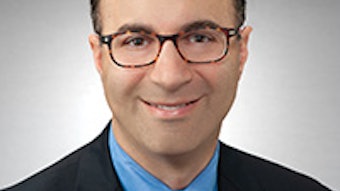Society Spotlight: AAOA
Building off of Simon Sinek’s Start with Why: How Great Leaders Inspire Everyone to Take Action (2011) at our recent strategic retreat, the American Academy of Otolaryngic Allergy (AAOA) leadership focused on how to engage members, what drives members, and what the AAOA can do to meet member needs.
Providing Clinical Pearls in Allergy and Immunology
Alpen A. Patel, MD, AAOA President
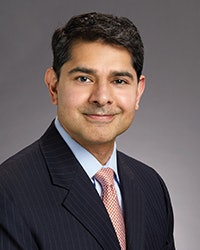 Alpen A. Patel, MD
Alpen A. Patel, MD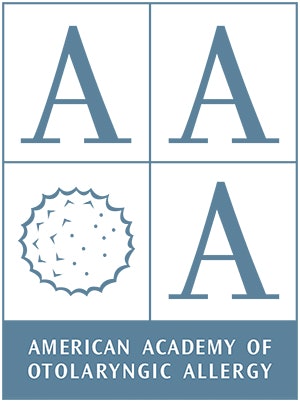
As the AAOA looks forward in 2020, we have had some advances in our field, which we are incorporating in our programming. We are also developing resources for these topics.
USP General Chapter <797> Pharmaceutical Compounding—Sterile Preparations
The U.S. Pharmacopeia (USP) has issued new guidance for in-office physician compounding. Guidelines specific to allergy immunotherapy preparation are under Section 21 (https://www.usp.org/compounding/general-chapter-797). Currently, implementation is on hold due to the appeal process. The new guidelines have some key stipulations related to personnel, hygiene and garbing, labeling, documentation, etc. The AAOA has developed an online compliance tool, along with several other resources in its Practice Resource Tool Kit, to help practices understand and comply with these guidelines. Information is available on the AAOA website at http://www.aaoallergy.org/.
Biologics in Otolaryngology
Biologics and their role in nasal polyposis, AERD, asthma, and atopic dermatitis have been a focus for the AAOA. The AAOA has a workgroup crafting a review of biologics, clinical trials, and how this research translates to everyday patient care and management. The 2020 AAOA Annual Meeting this fall will feature many sessions on the practical application of biologics in an otolaryngology practice.
Peanut Allergy
The U.S. Food and Drug Administration recently approved a new treatment option for patients with peanut allergy. The new drug, Palforzia, is not a cure but may reduce risk for children and their families who live with the fear of accidental exposure to peanuts. Approved for children ages 4–17, it is dosed in increasing amounts of peanut protein to reach the maximum dose (usually around six months). Palforzia is designed to provide a “safety net” in the event of an accidental exposure.
Like many of my colleagues, I am excited to see how these new therapeutic options will improve outcomes in our patients. I recognize that this is a challenging time to practice otolaryngology and allergy, especially with the recent pandemic. Nonetheless, I am optimistic and confident that the house of medicine will prevail, and the practice of medicine will be just as rewarding as ever.

